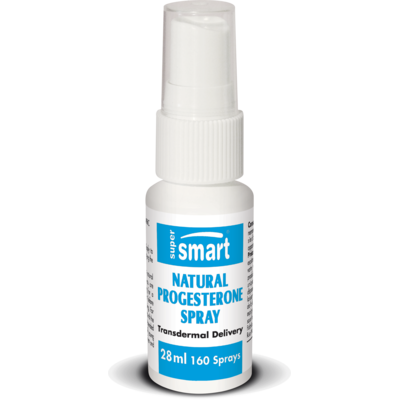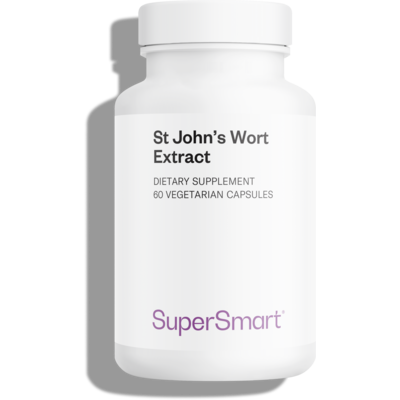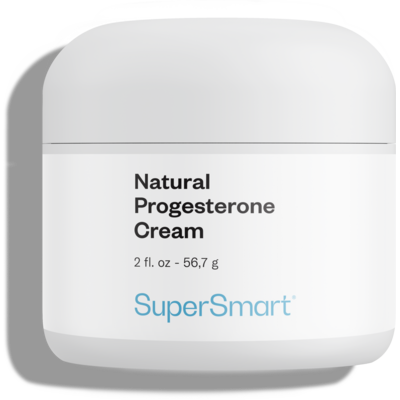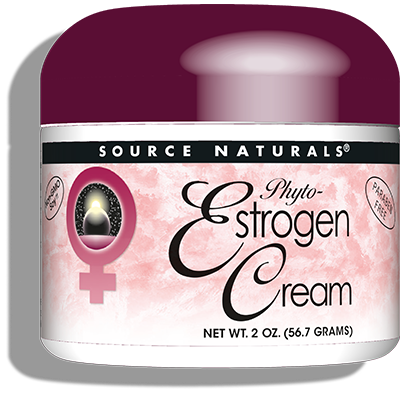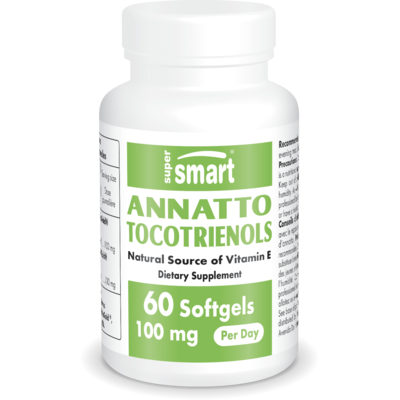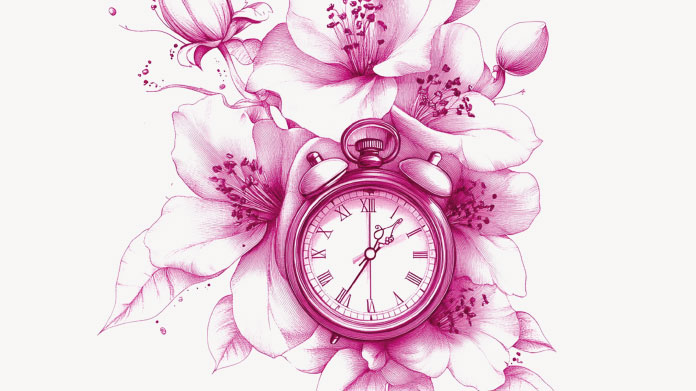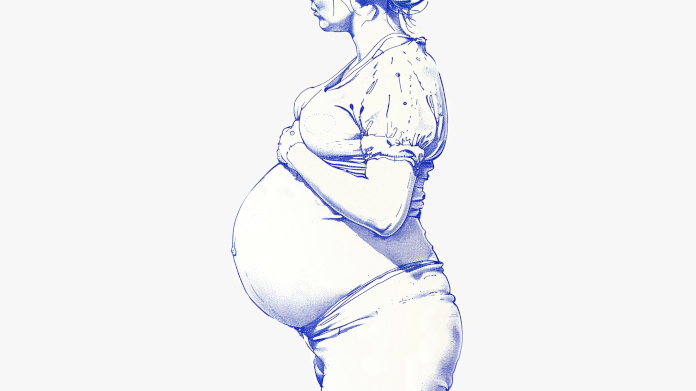Hot flashes in women: why do they happen? What can you do to relieve them?
Suffering from unpleasant hot flashes, ladies? Discover what causes these symptoms and how to reduce them naturally.
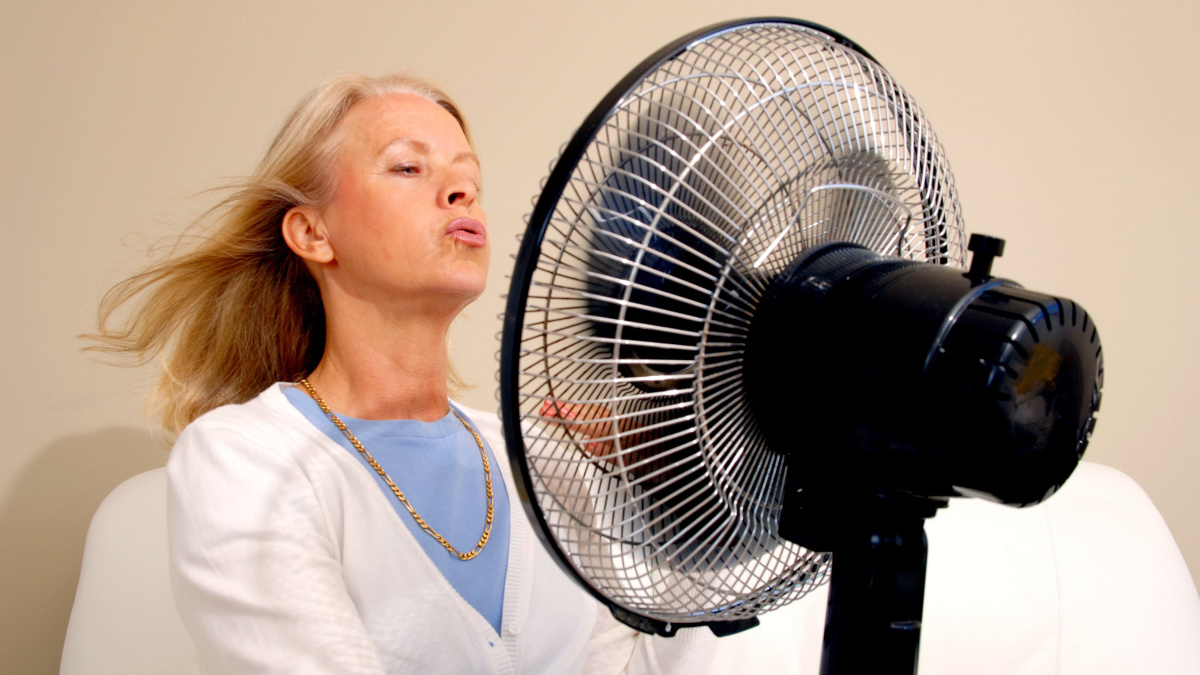
What exactly is a hot flush?
A hot flush (or ‘hot flash’ in the US), sometimes referred to under the umbrella term ‘vasomotor symptoms’, is a sudden, transient feeling of heat, most often felt in the upper body (the face, neck and chest).
Hot flashes can be mild, but they can also be very uncomfortable.
The different symptoms of a hot flush
Specifically, the common symptoms of a hot flush are:
- a sudden sensation of heat spreading to the chest, neck and face;
- redness and/or blotchy skin;
- an increased heart rate;
- sudden sweating mainly in the upper body;
- a sensation of coldness once the hot flush has subsided;
- a feeling of anxiety.
Both the frequency and intensity of hot flashes vary over time and depending on the individual. An episode can last 1-2 minutes, or sometimes as long as 5 minutes.
What causes hot flashes, especially in women?
The potential causes of hot flashes in general include side-effects from certain drugs, thyroid problems, anxiety, etc.
There are also factors that can intensify these vasomotor symptoms:
- smoking;
- obesity;
- heredity.
In women, however, hot flashes are often seen at times of hormonal fluctuations during the premenstrual period or menopause (the stage that marks the end of a woman’s reproductive life and corresponds to a permanent absence of periods for at least 12 consecutive months).
Most research suggests that this type of female hot flush occurs when a fall in estrogen levels makes the body’s thermostat (hypothalamus) more sensitive to variations in body temperature, even slight ones. When the hypothalamus judges the body to be too hot, it triggers a chain of events to make it sweat and cool down.
When do these hot flashes occur?
Hot flashes in women due to hormonal changes can occur at any time of the day or night.
Most women who report experiencing them suffer them on a daily basis.
Nighttime hot flashes are often considered to be particularly intolerable, especially as they interfere with sleep.
How many years do female hot flashes last?
On average, menopause-related hot flashes continue for 7 years, though some women experience them for more than 10 years.
In most cases, they come to a stop after the age of 65. It’s also worth noting that not all women suffer hot flashes during the menopause.
What can you do to reduce menopause-related hot flashes?
There are various natural approaches that can help minimise the frequency and intensity of hot flashes during the menopause:
Some practical advice
First and foremost, try to stay cool. Wear lighter, breathable clothing and cool yourself down with cold towels, cooling sprays…
Make sure you eat a varied, balanced diet, avoiding spicy foods, hot drinks, and alcohol, as well as smoking, which can all contribute to hot flashes.
Take regular exercise to support your general well-being and learn to relax.
Phytoestrogens
Phytoestrogens are compounds naturally present in certain plants such as red clover, soybeans and flaxseeds.
While not exact substitutes for endogenous estrogens, these compounds have a similar chemical structure. They are able to bind to estrogen receptors, exerting estrogenic activity, which compensates for the fall in estrogen levels linked to the menopause.
They therefore seem to be effective at reducing hot flashes in some women. They can be found in the form of phytoestrogen-rich creams (1).
Progesterone
As well as a fall in estrogen levels, women going through the menopause also experience a decrease in progesterone.
Supplements containing phyto-progesterone, usually obtained from the plant wild yam, help to compensate for this progesterone shortfall and may thus help to prevent hot flashes (2-3).
Try, for example, our natural progesterone spray or natural progesterone cream.
Vitamin E
A recent meta-analysis showed that, compared with a placebo, the antioxidant vitamin E combined with omega-3, was able to reduce the intensity of hot flashes (4).
Sage
Sage is traditionally used to alleviate hot flashes. Several studies appear to support such use, suggesting it may reduce both their frequency and intensity (5).
St John’s Wort
A lesser-known fact is that, in addition to being used for supporting mood, St John’s Wort is increasingly being studied for its potential effects in countering hot flashes (6). Be sure, however, to seek medical advice before starting any supplementation.
SuperSmart ADVICE
References
- Chen MN, Lin CC, Liu CF. Efficacy of phytoestrogens for menopausal symptoms: a meta-analysis and systematic review. Climacteric. 2015 Apr;18(2):260-9. doi: 10.3109/13697137.2014.966241. Epub 2014 Dec 1. PMID: 25263312; PMCID: PMC4389700.
- Prior JC, Hitchcock CL. Progesterone for hot flush and night sweat treatment--effectiveness for severe vasomotor symptoms and lack of withdrawal rebound. Gynecol Endocrinol. 2012 Oct;28 Suppl 2:7-11. doi: 10.3109/09513590.2012.705390. Epub 2012 Aug 1. PMID: 22849758.
- Regidor PA. Progesterone in Peri- and Postmenopause: A Review. Geburtshilfe Frauenheilkd. 2014 Nov;74(11):995-1002. doi: 10.1055/s-0034-1383297. PMID: 25484373; PMCID: PMC4245250.
- Maghalian M., Hasanzadeh R., Mirghafourvand M. The effect of oral vitamin E and omega-3 alone and in combination on menopausal hot flushes: A systematic review and meta-analysis. Post Reprod. Health. 2022;28:93–106. doi: 10.1177/20533691221083196.
- Bommer S, Klein P, Suter A. First time proof of sage's tolerability and efficacy in menopausal women with hot flushes. Adv Ther. 2011 Jun;28(6):490-500. doi: 10.1007/s12325-011-0027-z. Epub 2011 May 16. PMID: 21630133.
- Abdali K, Khajehei M, Tabatabaee HR. Effect of St John's wort on severity, frequency, and duration of hot flashes in premenopausal, perimenopausal and postmenopausal women: a randomized, double-blind, placebo-controlled study. Menopause. 2010 Mar;17(2):326-31. doi: 10.1097/gme.0b013e3181b8e02d. PMID: 20216274.
Keywords
12 Days
A Product worth waiting for when not…
A Product worth waiting for when not available and then arriving as a surprise!
DOMINIC
14 Days
On time shipping
On time shipping
GEORGE Verne
15 Days
Ordering was easy and the product was…
Ordering was easy and the product was delivered with no problems. Appreciated that I was notified when it would arrive. Thanks!
MascarC
21 Days
Great customer service - responsive …
I ordered from them and my item was unavailable for sometime. I was super happy when they reactivated my order and shipped my item which arrived very quickly. Great customer service.
Ruth Rueter
22 Days
Super fast shipping
Super fast shipping
Donald Borling
25 Days
Reputable companysearch and the number of…
The research and the number of selection of products.
NAKHJAVAN Shervin
38 Days
The Anti Aromatase is a great product
The Anti Aromatase is a great product. You just need to have constant inventory. Recently this product has been out of stock.
GEORGE Verne
40 Days
Great help on chat
Great help on chat. Knowledgeable and friendly.
Jason Argos
43 Days
Customer service was fast and friendly.
Customer service helped to stop the transaction process of the subscription. I appreciated that.
Greenie
43 Days
I order here due to the high quality of…
I order here due to the high quality of the products and the quick delivery of items - thank you
Barbara J
45 Days
SuperSmart's Eye Pressure supplements: highly recommended!
I purchase SuperSmart's Eye Pressure supplements regularly for over 5 years, and gotta say they are truly a wonderful product for my Glaucoma. Highly recommended if you have eye pain from your Glaucoma.
D. Martinez
49 Days
Quick service
Quick service
MONELL
50 Days
Speedy service.
Speedy service.
ROSENTHAL Marvin
54 Days
Clear website- Efficient
Clear website. Excellent search engine and fast delivery!
Mohamad Hussein
56 Days
They have great products.
They have great products.
Vickie

